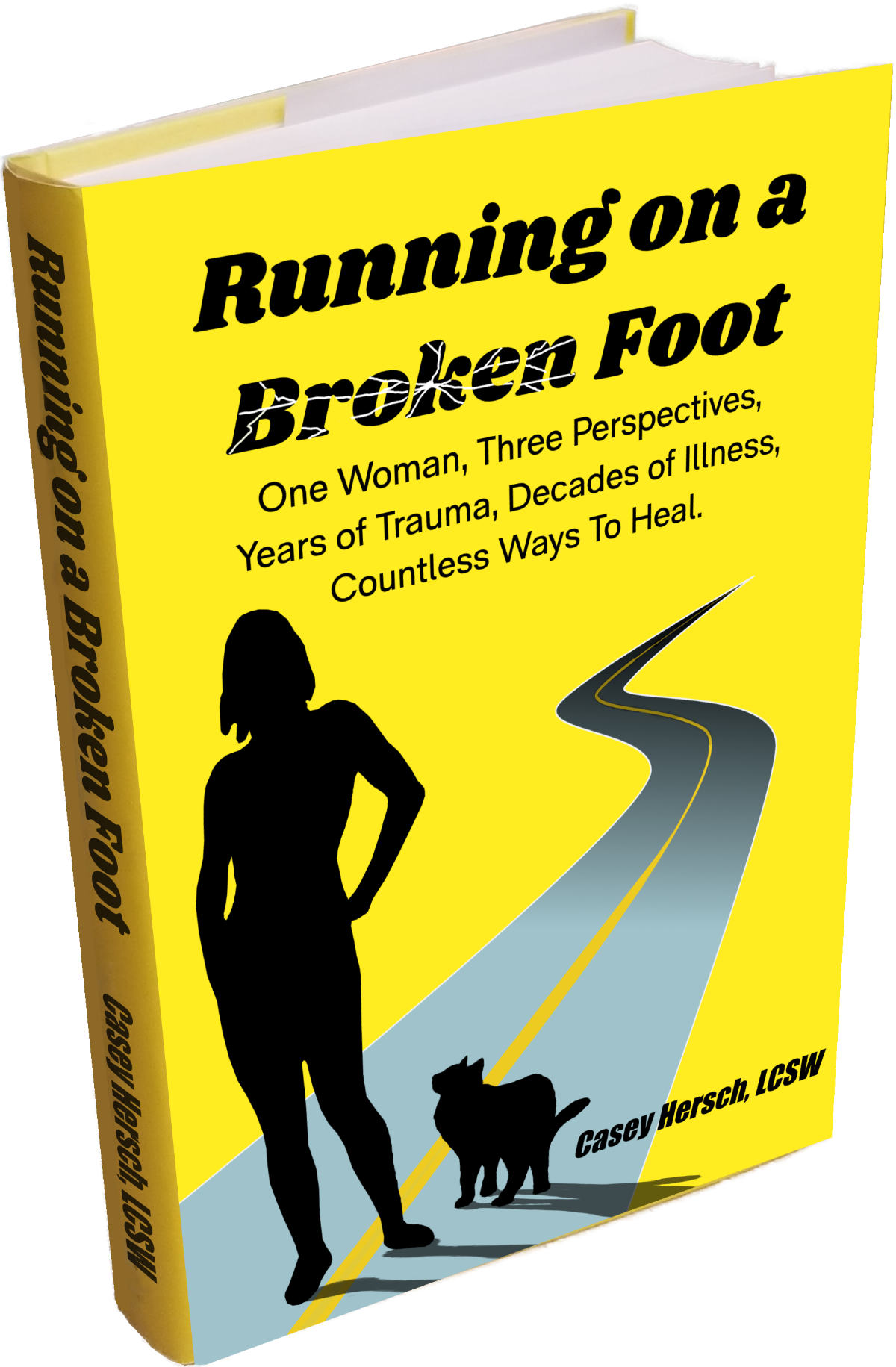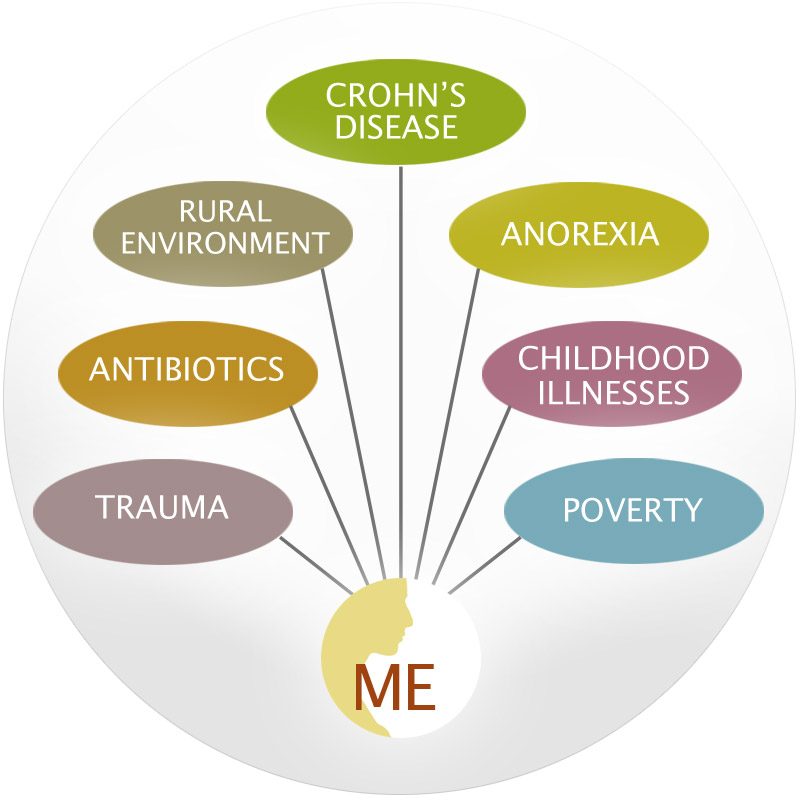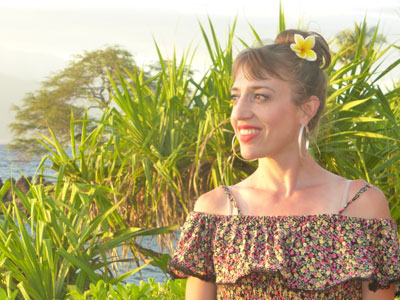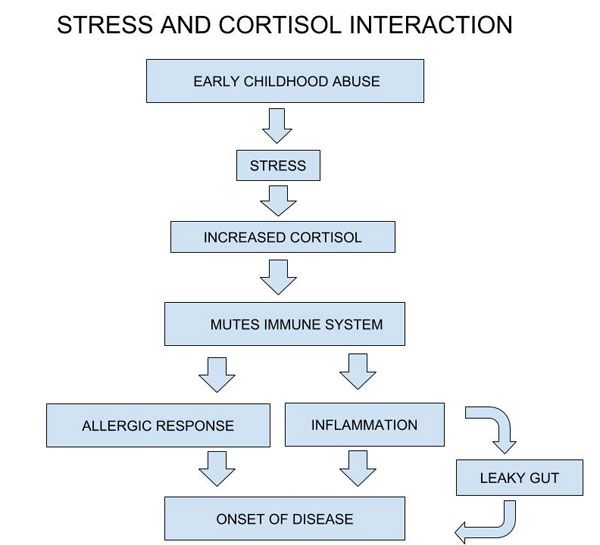Light Your Sparkle

The Book: Running on a Broken Foot
One woman, three perspectives, years of trauma, decades of illness, countless ways to heal.
To Be Released Soon...
 TO BE RELEASED SOON!
TO BE RELEASED SOON!
Running on a Broken Foot represents Casey's journey toward wellness and the discovery of a unique healing model. Using her own life as a clinical case study, Casey invites you into personal and transformative episodes in her life.
As she make connections between her life events, disease, and resilience, Casey will help you make your own connections that are keys to your own healing. Even though our stories are different, Casey offers a universal invitation toward integrative healing and recovery.
"As Mama heads down the hallway toward the bathroom, Dad kicks his leg in the air, striking her on her lower back as she jolts forward and collapses to the ground. Shocked, I stare down the hallway, hearing Mama’s cries. Her sounds of pain burn my ears. I race toward her and she has crawled onto the bathroom floor. Dropping down to my knees to get closer, she winces and whimpers, 'Casey,' she says, 'no one can know about this. From this moment, I fell and hurt my back while I was mopping. This is our secret.'"
~excerpt from Running on a Broken Foot
 What happens when parental abuse, neglect, and domestic violence sever familial attachments?
What happens when parental abuse, neglect, and domestic violence sever familial attachments?
The pain children endure from these tumultuous unions force them into dangerous territory, learning to survive by camouflaging their suffering, often well into adulthood. These seemingly one-time traumatic events often lead to a lifetime of chronic illness and pain. When children focus on survival, they spend their entire lives running.
Casey was one of these children. She was an expert at being sick, but even better at hiding the truth. Debilitating illness and fear were as natural to her as breathing. But it was the invisible wounds that held the key to Casey's recovery.
Have you ever felt as though you are running on a broken foot?
You are not alone. Millions of people live with chronic illness, trauma, and fear that the next crisis is about to strike. Casey shares her story in Running on a Broken Foot because she believes it can help others who have suffered similar hardships. Her professional background as a psychotherapist helped her delve into her own hardships and use them as a model to help others heal.
Running on a Broken Foot is told from three perspectives:
- The YOUNG Casey who endured trauma, Crohn’s and other autoimmune diseases.
- The ADULT Casey who responds and reflects on her childhood struggles and their impact on the choices she’s made so far in her life.
- The PROFESSIONAL Casey the licensed clinical social worker and therapist who offers a deeper understanding of her childhood experiences by giving readers a fresh perspective on self-awareness and self-advocacy.
Running on a Broken Foot integrates research on trauma, attachment, neuroscience, and early child development while reminding us that the key to living a quality life is not running away but running toward relationships and the things that make you who you are. This book will help readers transform their adverse experiences into opportunities for growth by showing there are many avenues to wellness. Some methods for healing covered in the book include holistic approaches, therapy, dance, friendship, education, self-advocacy and simple hope, which is the heart of this book.
Casey was an expert at being sick...an even better expert hiding her feelings and symptoms.
 Illnesses started in Casey's childhood and increasingly worsened into her adult years. By age thirty, she was diagnosed with autoimmune illnesses including Crohn’s disease, an inflammatory bowel disease. Specialists unanimously told her that Crohn’s is not only incurable, but she would progressively worsen throughout her lifespan. Even though she was raised in a conventional medical model, she refused to believe this model had all the answers and that she would become a statistic. She strived to find new ways to heal, at first, erroneously looking at only one dimension of healing: Stopping physical symptoms. When she was unsuccessful in improving her health trajectory, she returned to her childhood. Using her history to inform and transform the present, she found the missing pieces to her healing puzzle.
Illnesses started in Casey's childhood and increasingly worsened into her adult years. By age thirty, she was diagnosed with autoimmune illnesses including Crohn’s disease, an inflammatory bowel disease. Specialists unanimously told her that Crohn’s is not only incurable, but she would progressively worsen throughout her lifespan. Even though she was raised in a conventional medical model, she refused to believe this model had all the answers and that she would become a statistic. She strived to find new ways to heal, at first, erroneously looking at only one dimension of healing: Stopping physical symptoms. When she was unsuccessful in improving her health trajectory, she returned to her childhood. Using her history to inform and transform the present, she found the missing pieces to her healing puzzle.
Casey's training as a clinical social worker (LCSW) and psychotherapist provided her a crucial perspective from which to view her life and experiences. Trained in a generalist practice model, she learned how to view the world through a systems approach. Everything is connected to everything else. We don’t exist in isolation from our environments. Our bodies and selves are truly holistic beings.
As she began to integrate her life experiences, she reflected on her childhood and how events in her life affected her as an adult. She developed an open-minded and integrative perspective that included not just her physical symptoms but her emotions and exposures to traumatic events, also known as adverse childhood experiences (ACEs). She became a detective of her own life, desperate to find clues that would help her answer the question “What happened to me?”
As she weaved together a tapestry of her life, the impact of stress and trauma on the body struck her. She did not come into this world flawed and sick. Emotional and physical trauma contributed to an elevated level of stress hormones in her body, which altered the immune system and even the composition of her gut. Her environment and upbringing influenced other developmental and emotional processes that played a role in laying a foundation for disease and mental illness.

Naturally, Casey wondered why other psychotherapists, healers, and physicians had not helped her connect the dots? She discovered that it is not common or general practice for patients to learn or understand how their emotional and physical bodies are related. Casey needed a method to help her make these important connections that would not only empower her but unlock answers to her body’s healing and strengths.
A Quest for Answers: Self-Inquiry
- What do I believe caused my illness (Crohn's disease in Casey's case)?
- What do I believe will make me better?
- What do I fear about my illness?
As she integrated her personal experiences, interactions with the medical system, and returned to her childhood history, Casey developed and refined her own theories and formulated conclusions about the manifestation of illness in her life. She identified a map for noticing causes, effects, and interventions, in particular, which furthered her recovery.
The process of discovery and learning empowered Casey on her own journey and in her quest to help others. This newfound awareness serves as an indispensable part of her treatment and guides Casey through every remission and relapse, gives her hope, and surrounds her with people who facilitate healing that resonates with her most authentic self and body.
